
Airtel announces GPS navigation
Bharti Airtel, in collaboration with Sweden-based Wayfi nder Systems, launched its GPS-based Navigation Application on compatible mobile handsets. The systems is complete with detailed maps and points-of-interest of several cities across the country. It will be available on the BlackBerry 8800 and will cover information on cities including Delhi and NCR, Bangalore, Mumbai & Navi Mumbai, Thane, Pune, Chennai, Hyderabad, Kolkata, and Chandigarh. www.techtree.com

Leica GMX902 GG and Leica ScanStation 2
The Leica GMX902 GG is a highperformance GPS + GLONASS receiver, specially developed to monitor sensitive structures such as bridges, mines or high rise buildings and crucial topographies such as land slides or volcanoes. Leica has also announced a major advance in the capabilities of pulsed (or “time-of-fl ight”) laser scanners for as-built and topographic surveys. The maximum speed for ‘ScanStation 2’ is 50,000 points/second, more than 10-times that of its ScanStation predecessor (4,000 points/second) and the highest in the industry for pulsed scanners. www.leica-geosystems.com
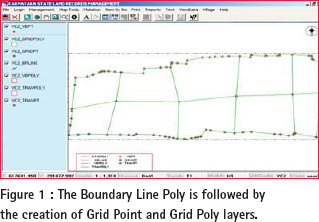
LAND forms important part of development activity. Land revenue is one of the sources of income for state governments. It may come from land holdings by private individuals, real estate transactions or other natural resources being tapped by various sections of the society. Hence, creation of a Land Information Management System involves
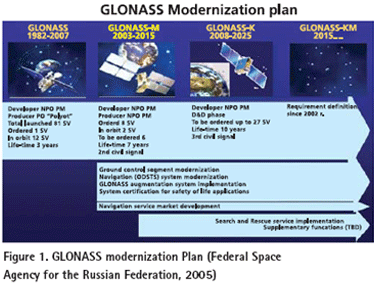
THE conventional geomatics industry including mapping and surveying applications has been revolutionized with the use of GPS, which is the best known, and currently fully operational satellite based navigation system operated by USA (Parkinson, and Spilker Jr., 1995). In the mean time, Russia also operates its own satellite based navigation system called GLONASS. The USA is modernizing GPS in order to retain its superiority in satellite based navigation technologies (MacDonald, 2002,). In order to keep up with USA’s progress in building next generation system, Russia is taking serious steps to modernize GLONASS as well (Federal Space Agency for the Russian Federation, 2005). The GPS and GLONASS signals are free but its availability is not guaranteed and currently most users are prepared to accept this risk (Parkinson, and Spilker Jr., 1995). However, as satellite navigation becomes a vital technology across a number of critical industrial sectors, the prospect of, for example, a nation’s transport infrastructure becoming dependent on this technology is a strategic risk that most industrial countries are not willing to accept. This argument initiated the Galileo program in Europe. Therefore, those systems form the mainframe of Global Navigation Satellite Systems (GNSS) (MacDonald, 2002,).

RECENTLY, in July, 2007, I attended yet another NSDI Workshop – I think the 6th one at that since 2001 when the NSDI was “crafted” in India. This time, in the serene and rainy environs of Goa. Amidst the lush green and beautiful orchard-like estate of the hotel held, was a gathering of a few dedicated and committed NSDIites that I have seen for the past many years – holding on and hoping that the day will come when the NSDI will be operational. The passion for nsdi which was evident clearly and obviously.

I am not sure if new technologies like Google Earth are disruptive. People have often spoken about Google and Micorsoft being disruptive. It may be true in certain context.If you see the natural evolution the geospatial industry in last twenty years, I think that both have put many elements in a place in a form that has a widespread appeal. I think it has increased people’s awareness in geospatial information, certainly in the mass market. Actually, five or ten years before there was not much demand but with the involvement of big companies, much bigger footprints are now available. It surely has increased awareness.

AT the turn of the millennium there was a mood of optimism and then it all changed. The dot-com bubble burst, 9/11 occurred and climate change became an “uncomfortable truth”. In other words the spirit of the age, or Zeitgeist, changed and new challenges now face societies, industries and individual people.



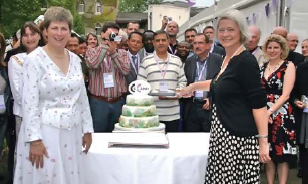
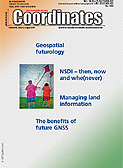
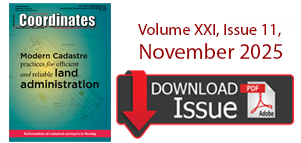

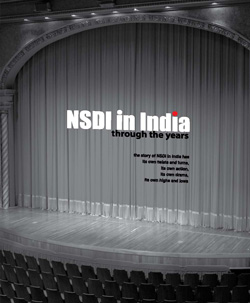
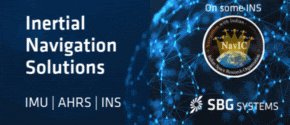



 (5.00 out of 5)
(5.00 out of 5)